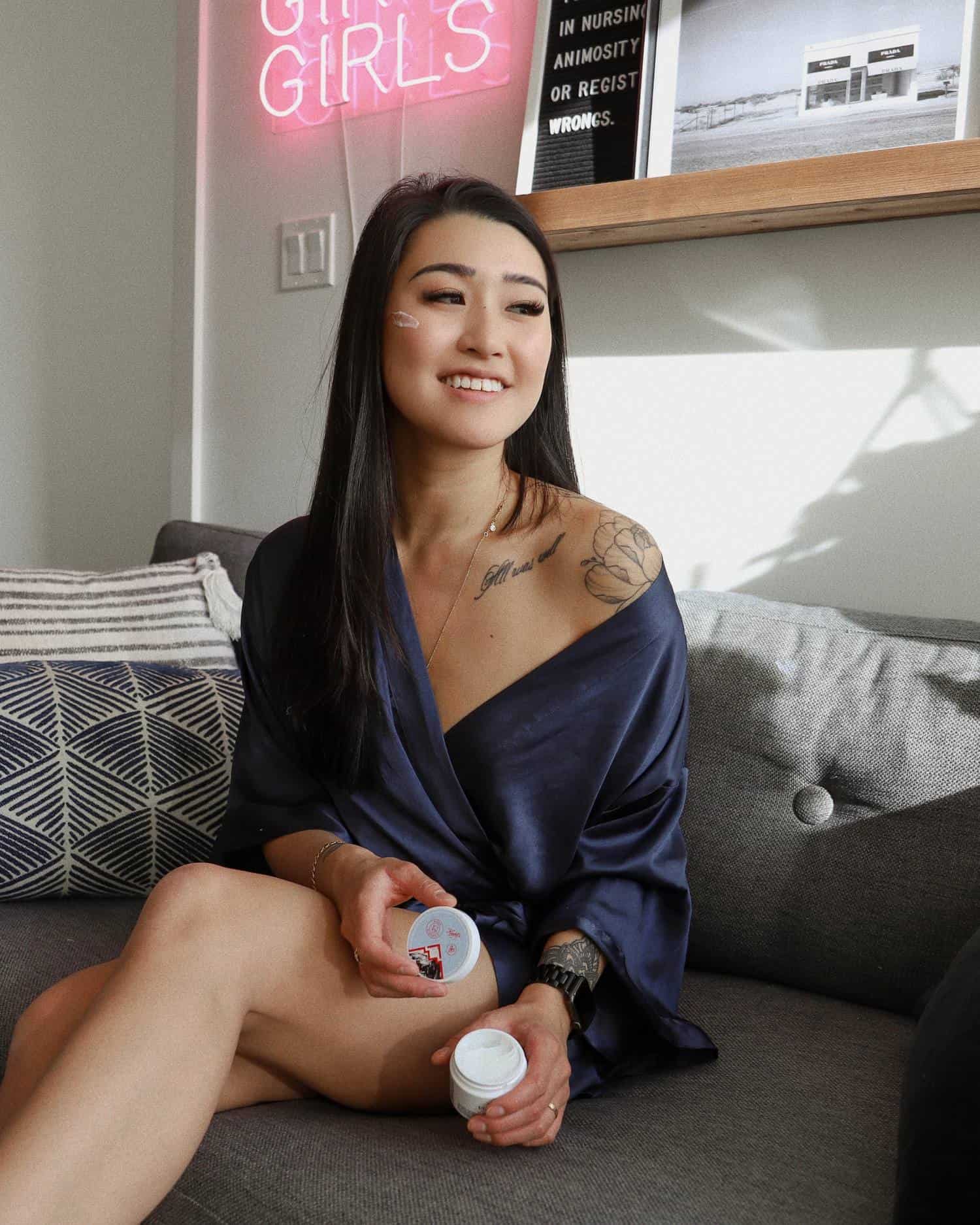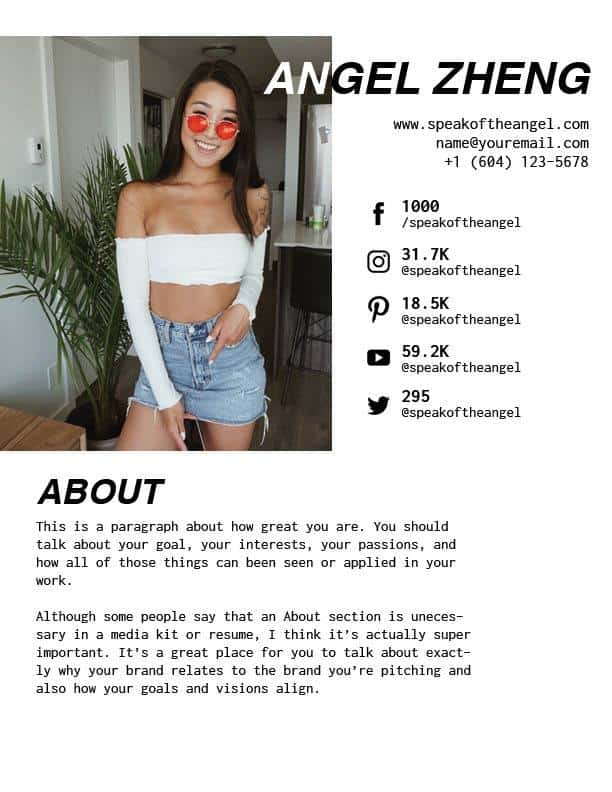I’ve been asked this question time and again, and it hasn’t always been the easiest one to answer. And I think the reason for that was because I honestly didn’t even really have a formula figured out for myself either. It wasn’t until very recently did I actually start trying to pitch to brands. I’ve always taken a very hands-off approach when it came to collaboration opportunities on my Instagram—meaning I pretty much just waited for opportunities to come to me.
However, with social media and YouTube being more of a focus for me this year, I wanted to really make sure I was giving it a fair chance. What could I really do with it if I actually pursued opportunities?
So I started pitching brands. Whether it was travel companies, fashion brands, hotels, restaurants… I tried it all. I’ve always had a very open-ended, lifestyle account and I wanted it to remain that way. So instead of trying to write pitches for just one industry, I tried pitching for all of them. I think I’ve finally come up with a pretty decent formula that I can proudly say it’s tried and true. Now, I’m not saying I get 100% of the opportunities I pitch for. Definitely not. You still have to take into consideration that I run a relatively small Instagram account of 31.7K followers (at the time I’m writing this) and a YouTube channel of 59K subscribers. I will say that my tremendous growth spurt on YouTube in the past couple of months has DEFINITELY helped my case, but I’m going to credit some of it with just being forward and going for what I want too. So what exactly am I doing now that’s different? Well, let me show you.
Turn Your Cold Leads Into Warm Leads
Yes, most of your pitch emails will be “cold calls”. But they don’t ALL have to be. If there is a brand that you particularly love and want to work with, you can try to nurture it into a warm lead first before you pitch them your idea. For influencers this actually can be quite easy. Follow the brand’s account, like and engagement with their content, even DM them.
I actually find that it’s easer to work with brands that you already wear yourself. Because not only will you have better knowledge of their product and brand already, you can tag them in photos and stories to further put yourself in their attention.
Craft Your Pitch
Whether or not you’ve created some warmer leads, the next step is to craft your pitch. The layout and wording of your pitch will be different than other people’s but there is definitely a layout that you can follow.
Sawyer Hartman created an AMAZING video on the basic layout of your pitch. I definitely recommend that you watch this video if you’ve never pitched to a brand or company before. But if you don’t want to sit through the entire video, to summarize you have to:
- Write your strategic positioning
- Define/redefine your strengths
- Help the client achieve their goals
- Write the email!
Your email should include:
- Intro/about me
- Why the brand should partner with you
- The value of partnering together
- Your offering (goals, desired outcome, etc.)
- What you’re asking in return
- and then take away all the pressure
If you want more detail into how to do each part of crafting your email or planning your pitch WATCH THE VIDEO. It’s worth it, I promise.
Develop An Idea They Can’t Say No To
Something that I never used to include in my pitch was content idea. Which was a huge mistake on my part. I’ve noticed that since I started to include an actual idea along with my offerings, I’ve gotten much better results with brands.
The idea behind submitting a content idea is twofold. On one hand, you are showing the brand that you actually carefully thought out why you want to work with the brand and, even more importantly, how you want to work with them. Having a well thought out idea shows them that you actually care about the partnership itself rather than what you’ll be getting out of it (money, free product, etc.)
On the other hand, providing an idea to the brand makes them visualize what it will be like working with you. The more well thought out and detailed your idea is, usually the more inclined brands are to work with you.
Show Them The Numbers
After you’ve formulated your pitch and helped them visualize the perfect campaign you can execute together, it’s time to show them the numbers. No matter how good your pitch and idea are, most likely the brand will still want you to back it up with some numbers. You don’t necessarily have to have an insane amount of followers—as long as you have an engaged audience and you can prove through your statistics that you know where they’re located, how old they are, and what they’re interested in, typically that will be enough.
When I am looking at what stats to show them, I like to make sure I highly my top numbers first. Whether that’s your above industry standard engagement rate or that your top country percentage is where the brand is targeting—make sure that you tailor your media kit to whatever company that you want to work with, just like how you would tailor your resume and cover letter if you were applying for a job.
Master The Media Kit
Many people over think the media kit and is often intimidated by the thought of having to create one. But it’s actually quite simple. Your media kit is essentially a highlight reel of your personal brand and how you can benefit the brand you want to work with—all wrapped up in a pretty little PDF document. It’s essentially your application package for a job!
If you’re not someone who enjoys designing, feel free to check out my media kits! I’ve made two of my media kit designs available for purchase on this website. I also have decided to offer a media kit personalization package for those who want the true “hands-off” experience when it comes to building your media kit. Just pass me all of your stats, and I’ll send you back a personalized media kit.
The Follow Up
Those of you that date know that the follow up is just as important as the lead up and the date itself. Working with brands is no different. You’ve done the stalking, you’ve done the wooing. So all that’s left is to make sure you stay top of mind while they decide who they want to work with from all the applications and emails that they receive. Brands often love seeing influencers take initiative with creating campaigns, so if you followed all the above steps, I’d say you’ve got a pretty good fighting chance.
If the brands don’t reply you, sometimes it’s just because your email got lost in their inbox, or they’ve just been busy. Send them a gentle reminder after a week just to bubble your email back up their inbox. If they still don’t reply, send another one the following week. I usually only follow up twice, and if I don’t see a reply, I just shift my focus to a different pitch. You can save this in a folder in your email, so that you can revisit it at a later date.
And that’s it! Those are all my best tips when it comes to getting a brand to work with you in 2019. No, I don’t have a 100% positive response rating when it comes to pitches, but I don’t think anyone really does! I’ve come a super long way with my pitching just in the last year, because I put in the work to actually practice and try sending out emails. Don’t be afraid to just TRY IT. The more you pitch, the better you will be at it, and you’ll slowly get a better grasp on selling yourself well.
If you want to support me, please check out my YouTube channel, as well as my media kits designs!








